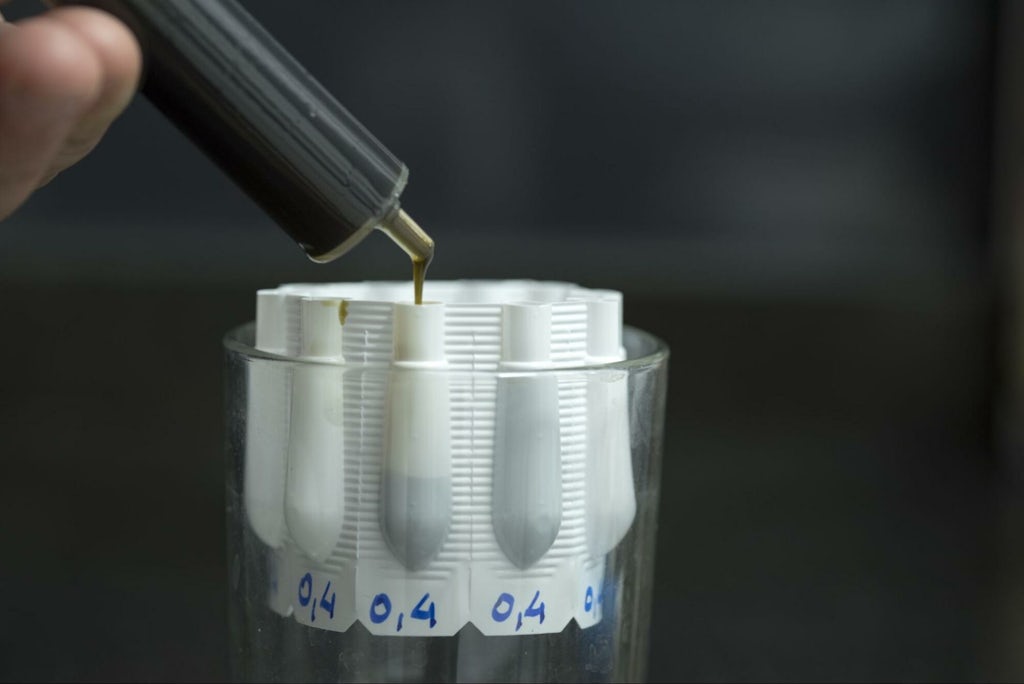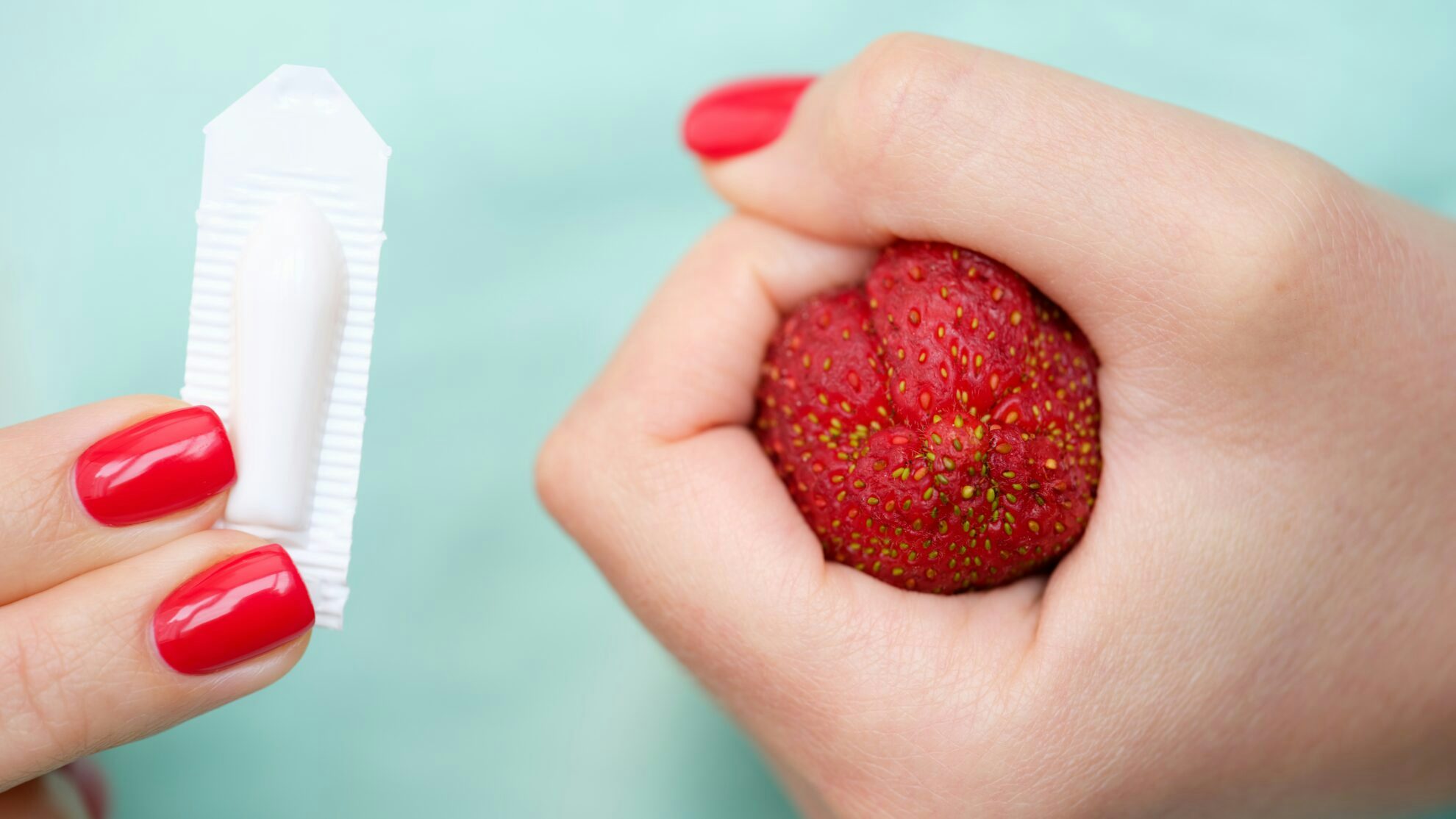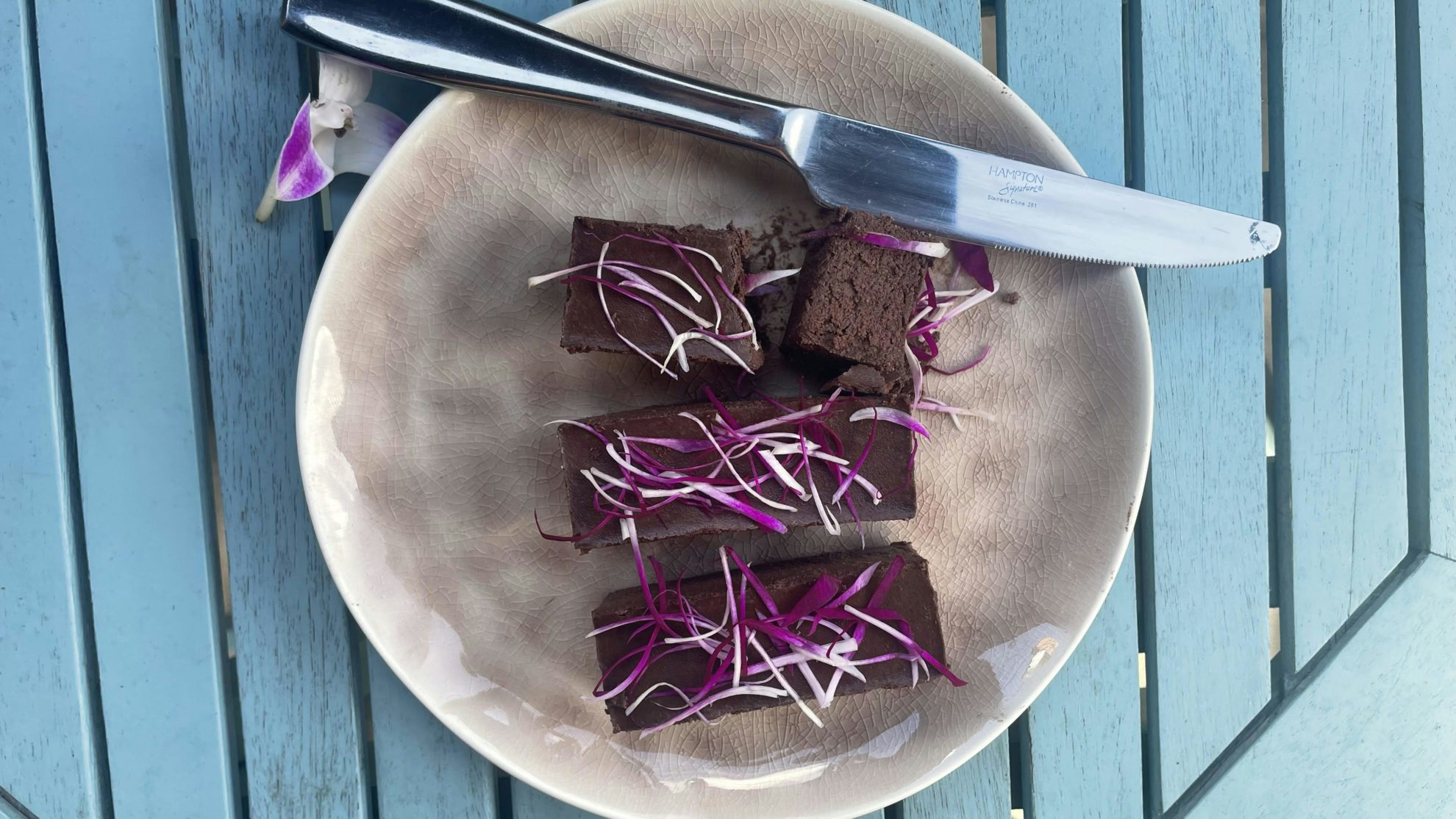Suppositories are probably the least common way to deliver medical cannabis, but that doesn’t mean they’re not effective. The method of administration (insertion into the rectum or vagina) simply makes them more taboo and thus less popular than traditional cannabis products.
However, weed suppositories can be a useful and welcome method of administration for people suffering from specific ailments, particularly pelvic or menstrual pain, hemorrhoids, or cancer. While you can find suppositories online and in a handful of dispensaries, you can also make your own.
Benefits and shortcomings of cannabis suppositories
Cannabis suppositories are inserted into the rectum or vagina and interact with the endocannabinoid receptors found there. Suppositories are usually reported to work within 15 – 20 minutes, and effects may last for up to 8-12 hours.
Save your recipe to your inbox
The anti-inflammatory and pain-relieving properties of CBD and THC work well in suppository form. However, whether they can actually pass the skin barrier and enter the bloodstream to provide systemic effects – rather than just local – is still up for debate. Users of suppositories report little to no “high” or intoxicating feeling, suggesting mostly local delivery.
This could depend on dosage and the consumer’s personal tolerance. Some report overwhelming results with rectal administration, and it’s not uncommon to find individuals who report feeling euphoric effects with high-THC suppositories. Only time and more research will tell the true utility of suppositories, which are still not a well-studied or understood route of administration, despite their potential.
Existing research examining the bioavailability and absorption (meaning how much is actually taken up into the bloodstream) of cannabinoids as rectal suppositories suggest that they are not well absorbed. Some early research concluded there is little to no absorption, however there is a lot of scientific research to indicate that this could be an exceptional site to deliver fat soluble molecules like cannabinoids. The rectum bypasses the first-pass effect observed in the liver, and can circulate not just THC but the other cannabinoids before they are metabolized or broken down.
Other online publications have (wrongly) cited research saying THC is twice as high as orally administered cannabis, even up to 80% bioavailability – meaning 4mg out of every 5mg delivered through the rectum would be absorbed into the blood. However, the study that found 80% bioavailability of a cannabis suppository was using THC hemisuccinate (THC-HS), a synthetic salt of THC that is not produced by the cannabis plant.
It’s worth noting that the studies that found no bioavailability in suppositories contradict anecdotal reports for cannabis users, and cannabis science is often years behind the experience of consumers – medical or adult use. It is not uncommon to hear patient reports of feeling euphoric or high after suppositories, especially rectal suppositories.
Uses for suppositories
The most well-known use for suppositories is with women-specific issues, particularly relating to sex, menstrual cycles, and menopause. Suppositories may help deal with period pain, pain with sex, vaginal dryness, and other hormone-related issues.
But suppositories are also useful for specific issues that oral and edible cannabis can’t help. Suppositories are often cited in studies specific to medical conditions for cancer patients, because they bypass the need to inhale or consume medication when cancer or the chemotherapy cause nausea or vomiting easily.
They also work well for issues in the colon, digestive system, and gut overall, for issues like IBS and Crohn’s disease. These conditions often cause havoc in the lower end of intestines, and the antiinflammatory effect of cannabis delivered directly to the site of inflammation can go a long way for reducing symptoms.
How to make cannabis suppositories

While suppositories may seem like a product that can only be made in a lab, you can make them quite easily in your home; you just need a mold.
All you need to do is combine warm extracted cannabis with a melted suppository base (like coconut, cocoa,or shea butter), pour into a mold, and refrigerate. Be sure to use a gentle oil rich in saturated fats (that are solid at room temperature) like coconut or cocoa, since it will be inserted into a delicate and sensitive area. Consider testing a small area before going all in if you are unsure or a nervous first-time user.
Recommended for you
Trusted Mushrooms take the guesswork out of a muscimol trip, so you don’t have to boil or dry anything (or feed it to reindeer.) Just pop a gummy instead!
Order NowCannabis suppository recipe
Makes 8 suppositories
Prep: 5 minutes
Cook time: 5 minutes
Ingredients
- 0.56 oz
of coconut oil (can also use shea or cocoa butter)
- 100 mg
cannabis extract
- 16 grams
of coconut oil (can also use shea or cocoa butter)
- 100 mg
cannabis extract
Instructions
- In a small saucepan, warm your oil over low heat until melted
- Stir in your cannabis extract until combined. Remove from heat.
- Let the mixture cool slightly. (Do not allow it to cool fully, or you’ll have to heat it up again.)
- Divide the mixture between the suppository molds and place in the freezer overnight.
- Store the suppositories in your fridge for up to 4 weeks. Do not store them at room temperature as they will melt and lose their shape.
Making suppositories with an oil versus a tincture
Many cannabis suppository recipes, including this one, call for a cannabis extract. You can use a concentrate or oil, but if you’re using a concentrate try to use a solventless extract so there’s no trace of alcohol. Alcohol and genital areas (mucous membranes) do not mix.
Where to buy suppositories
If you don’t want to make your own, you can buy weed suppositories. THC suppositories are typically only available in states with adult use legalization but don’t expect to find them at every dispensary. These infused suppositories, also sometimes called “bullets,” may be shipped within states like California or Colorado, countries like Canada, or found at a handful of retail locations.
THC suppositories have not become a common product in most markets so far. More common are CBD suppositories, since hemp is federally legal in the US and can be shipped across state lines.
Bottom line on making your own cannabis suppositories
Cannabis suppositories are understudied and underrepresented on dispensary shelves, but they provide a unique administration method that can help people who cannot consume THC orally, or have specific types of pain. If you don’t live in an area where you can easily buy suppositories, you can make your own.
Sign up for bi-weekly updates, packed full of cannabis education, recipes, and tips. Your inbox will love it.

 Shop
Shop Support
Support






















Thanks for this recipe! I’m making vaginal THC suppositories for a relative who is battling uterine cancer. It’s pretty easy to make but RSO can be REALLY thick and viscous, so it helps to heat it up first. I’m using organic cocoa butter as a base since it doesn’t melt as quickly as coconut oil.
Also be sure to keep all your cooking & preparation space clean. I wash everything with ISO alcohol and rinse with boiling water beforehand just to be safe. And I wear a n95 mask with nitrile gloves as an added safety step.